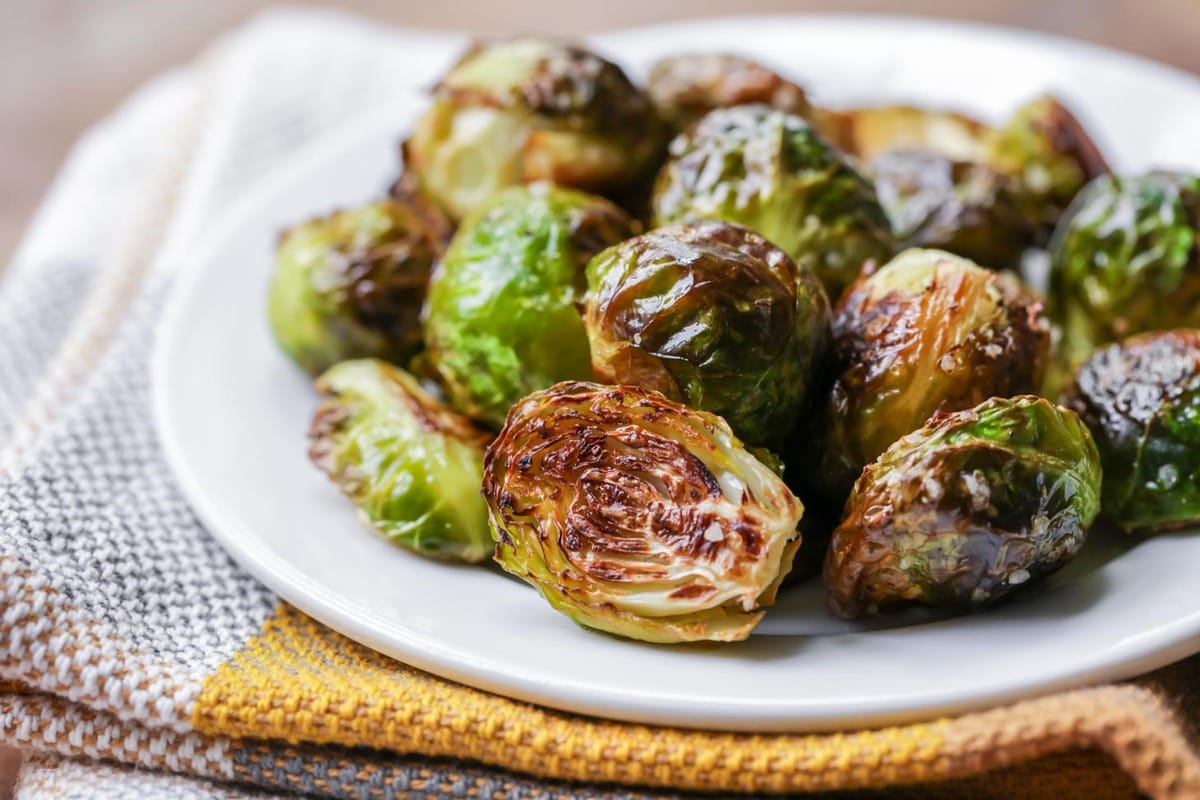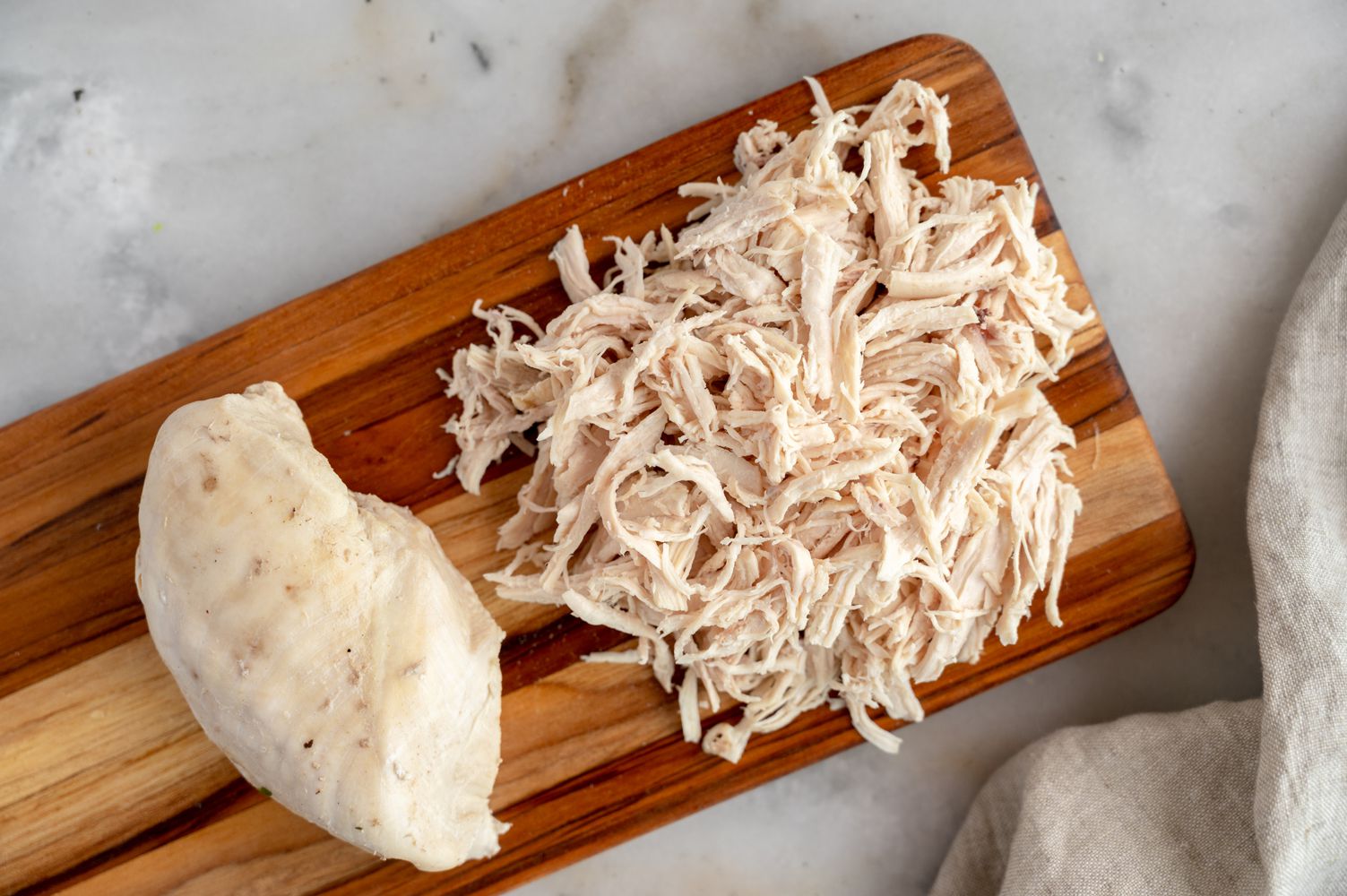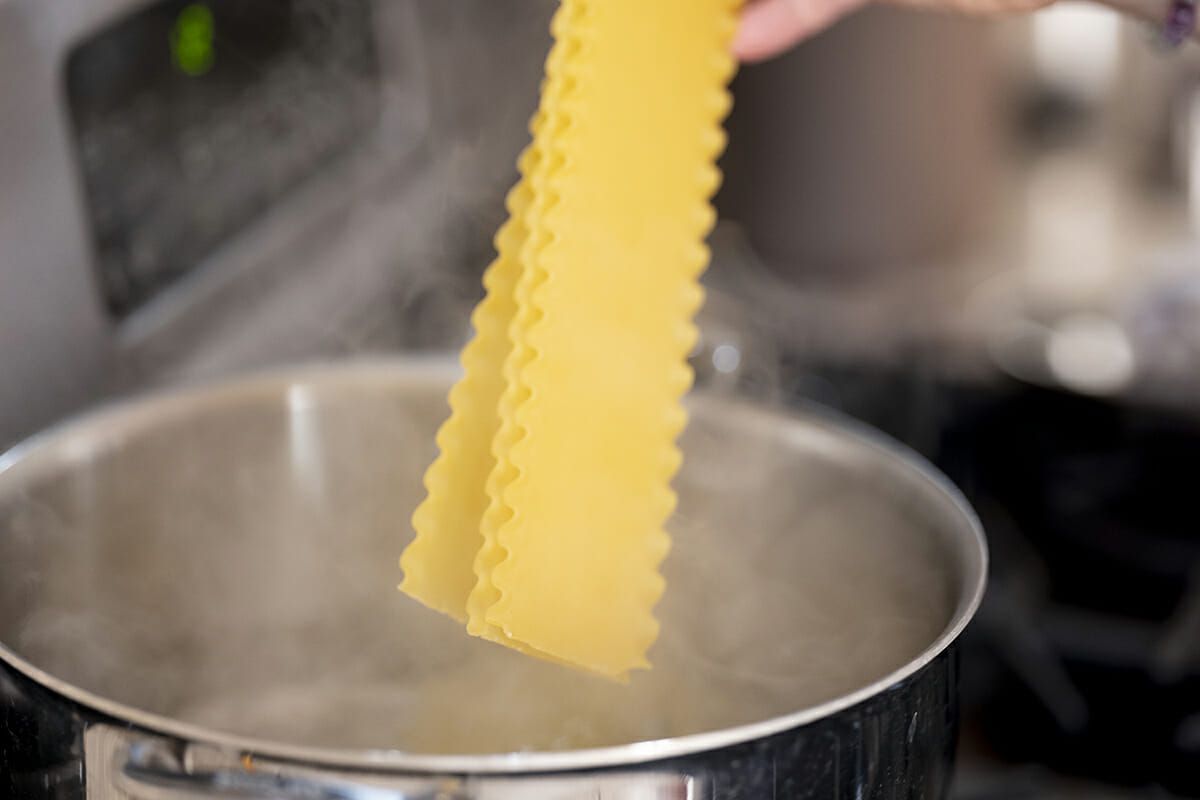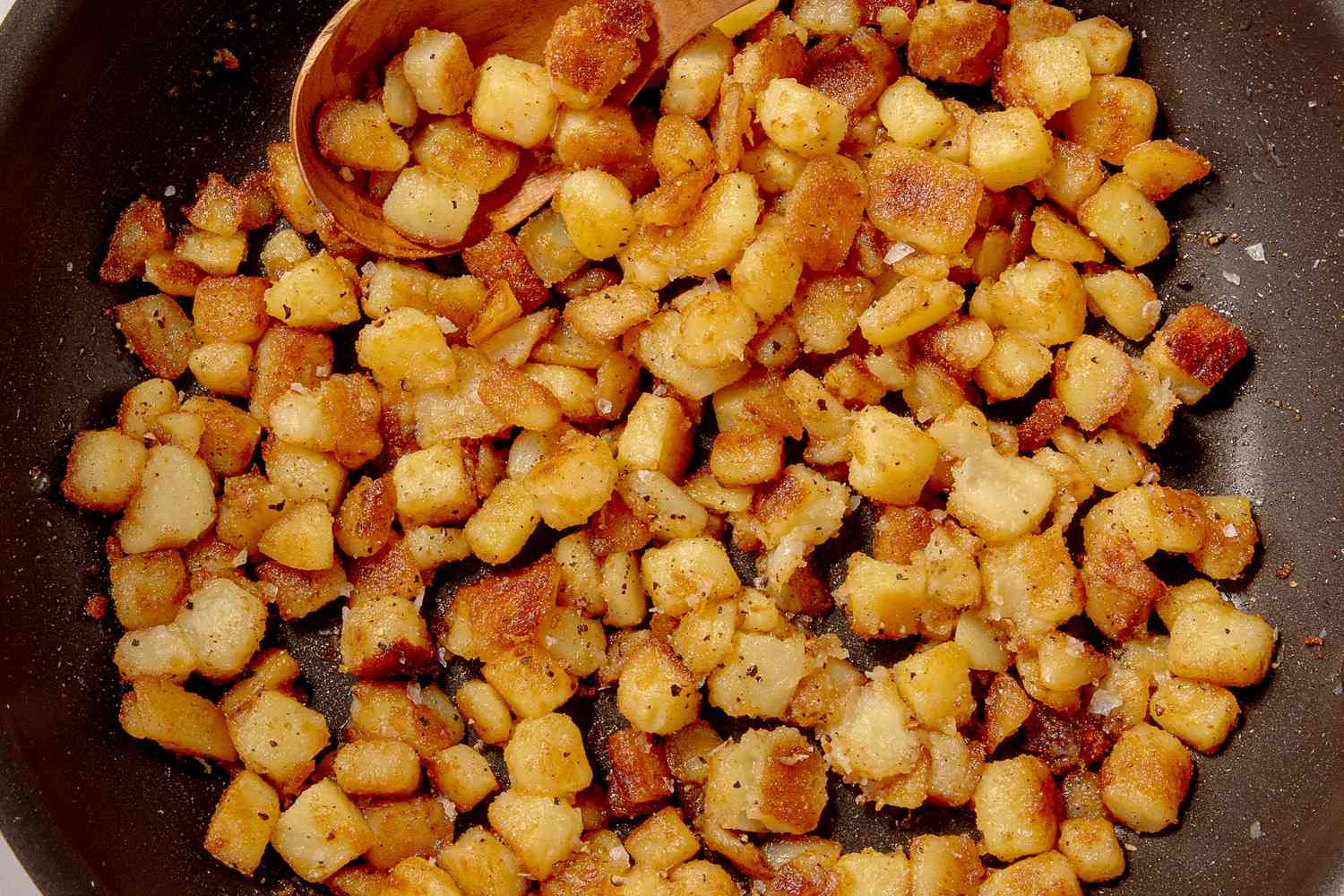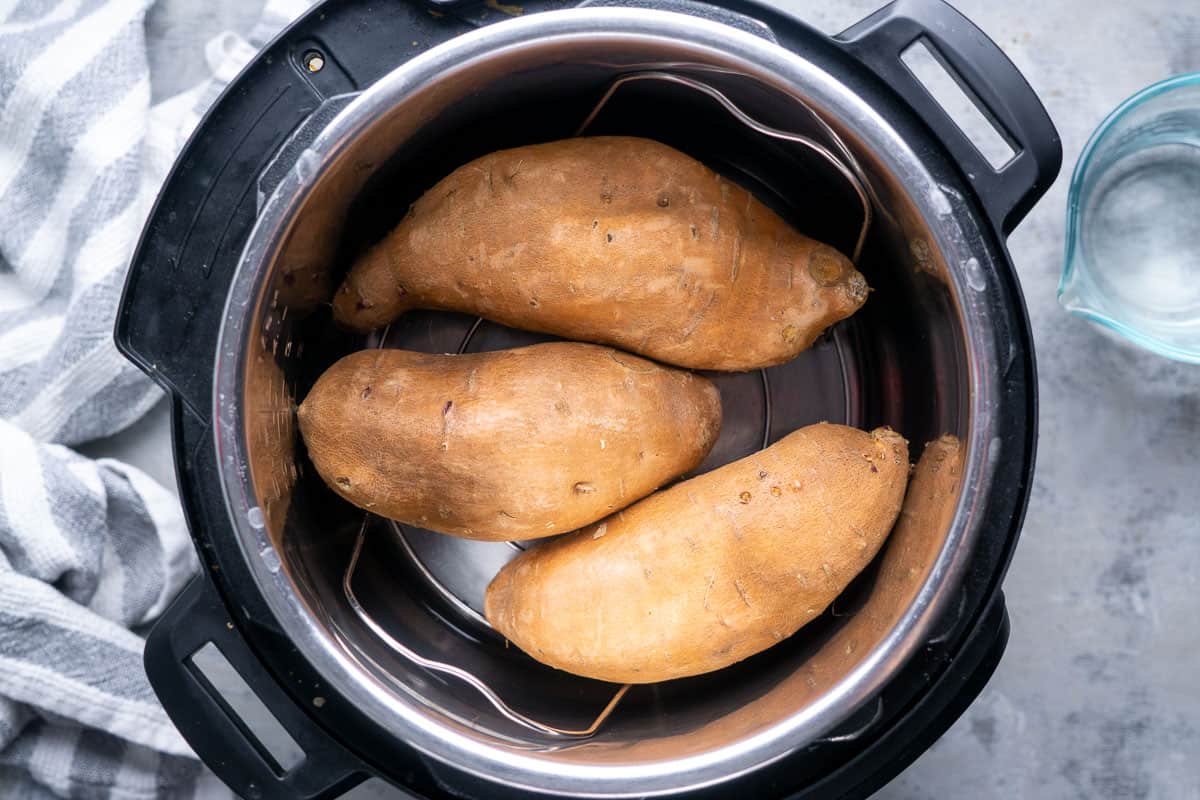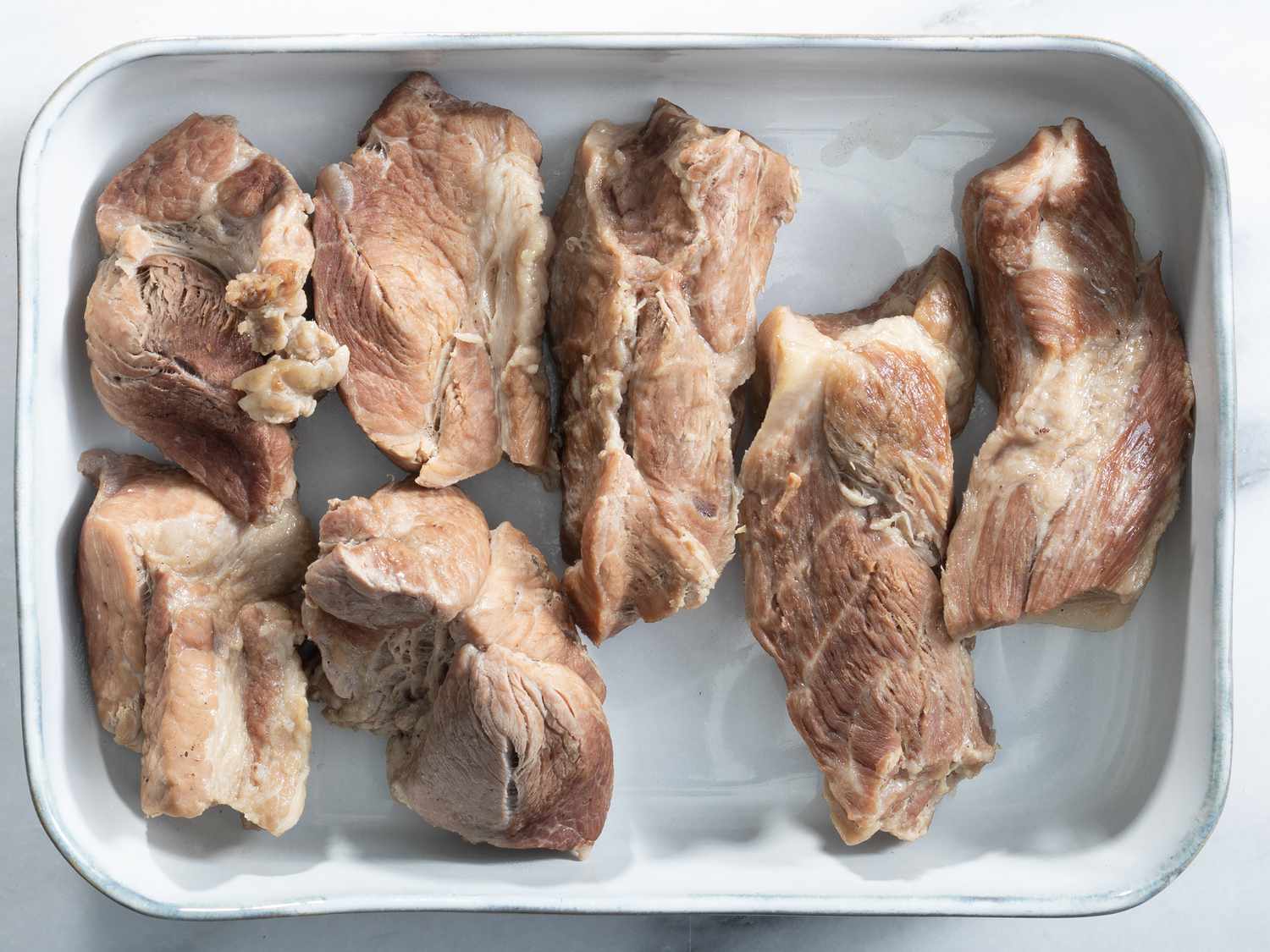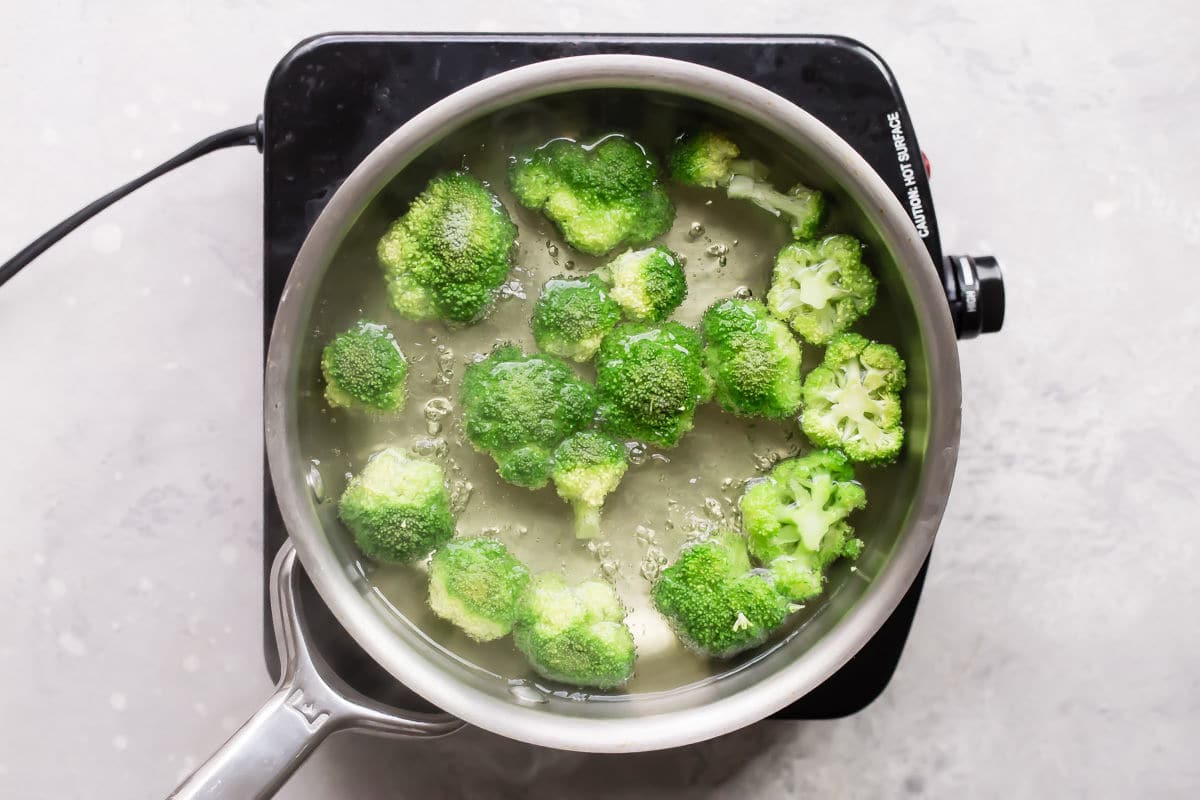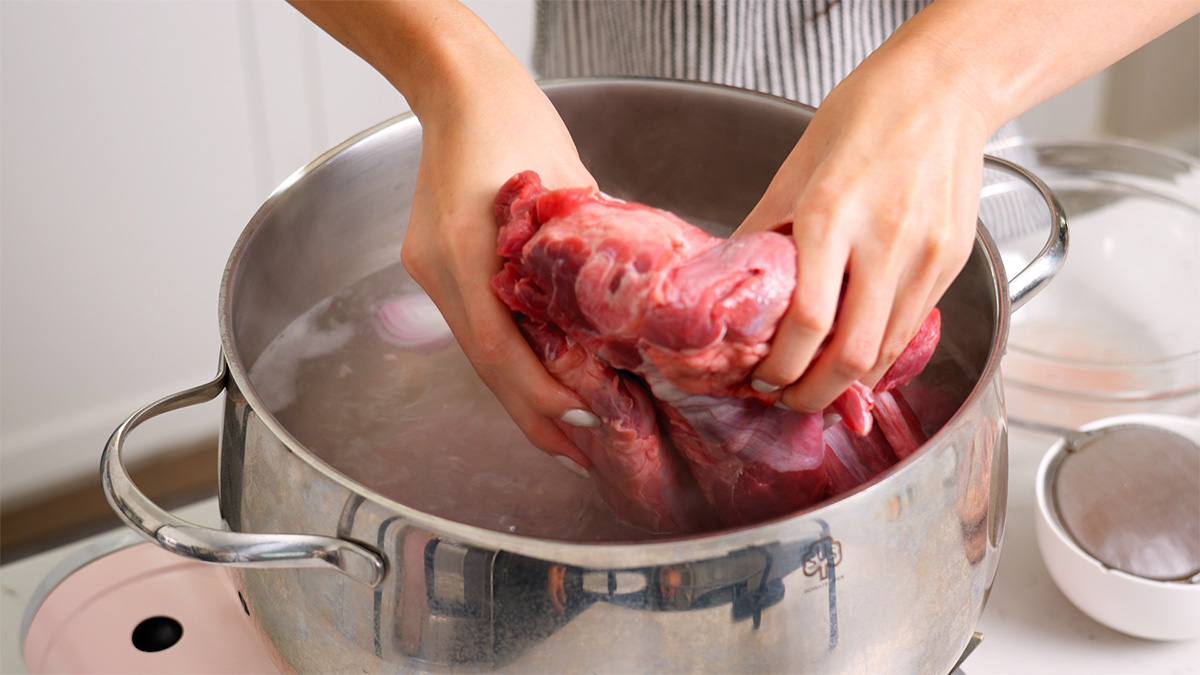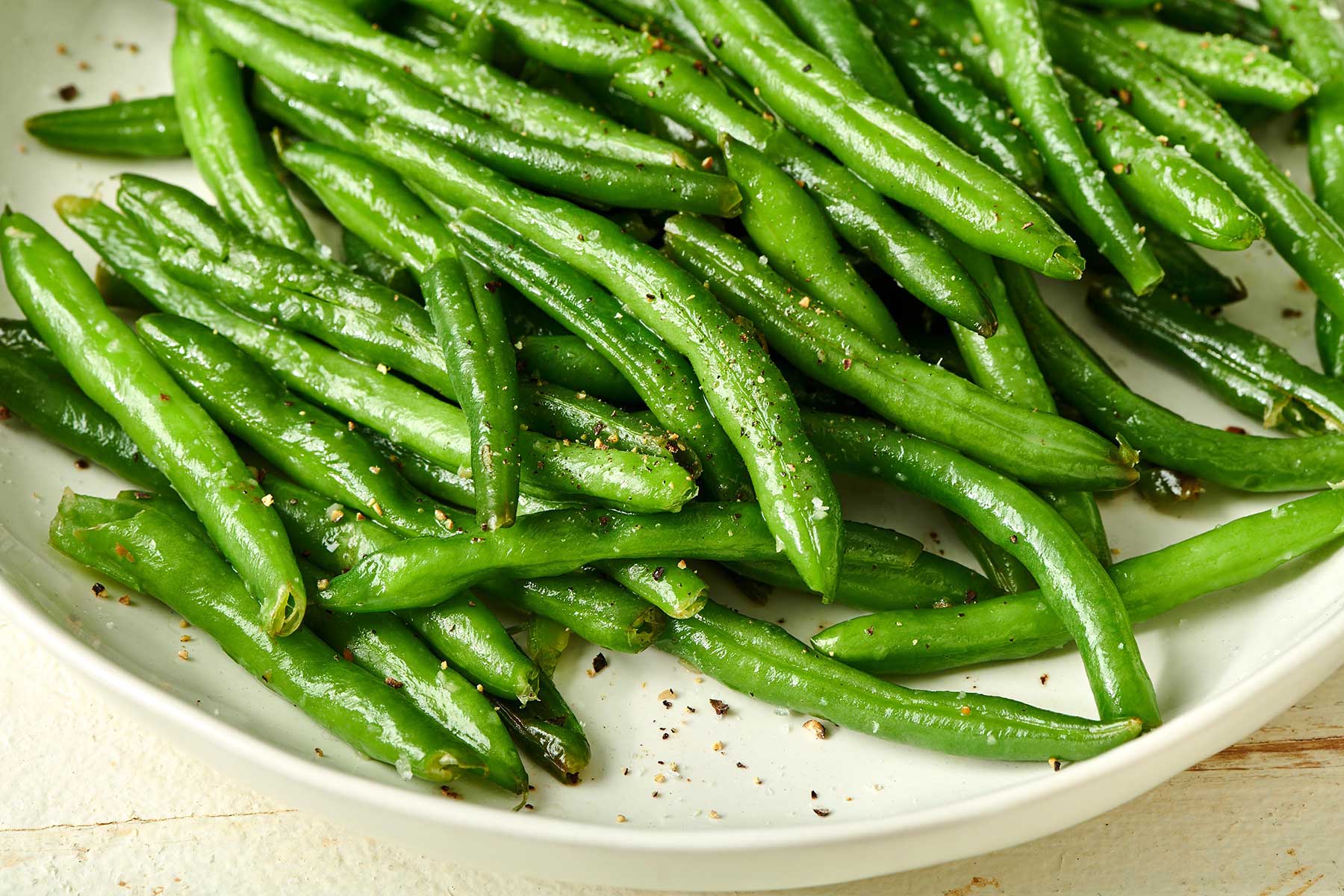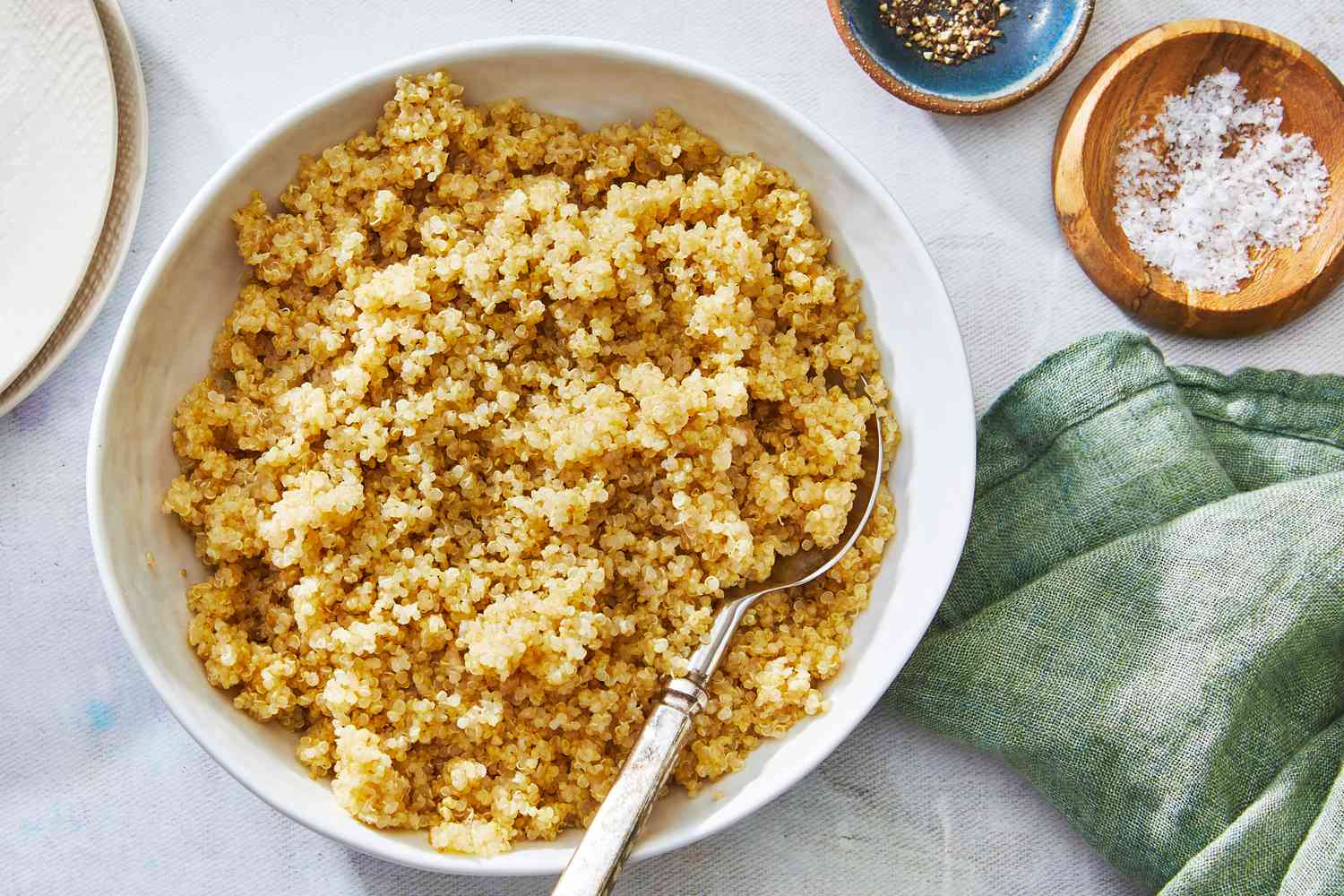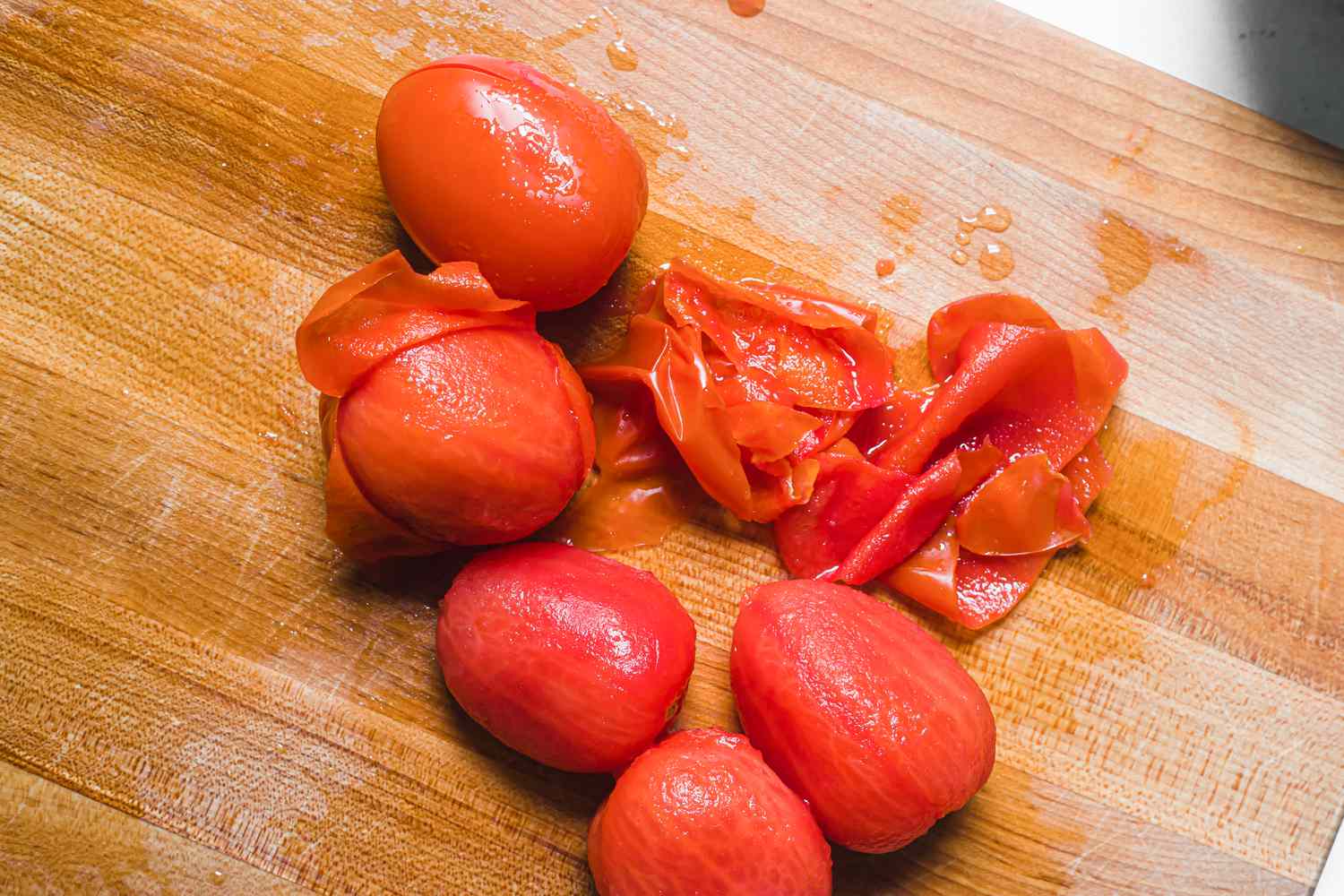Parboiling Bacon in a Pot: A Tasty and Easy Method
Parboiling bacon in a pot is a simple and effective way to prepare this delicious meat before using it in your favorite dishes. Whether you’re making a hearty breakfast, a savory pasta dish, or a flavorful soup, parboiling bacon can help reduce its saltiness and render some of the fat, resulting in a more balanced and enjoyable flavor. In this article, we’ll walk you through the steps of parboiling bacon in a pot, so you can elevate your cooking game and impress your friends and family with perfectly cooked bacon every time.
What You’ll Need
Before you get started, make sure you have the following items on hand:
- A large pot
- Water
- Bacon slices
- Stove
- Slotted spoon
- Paper towels
The Process
Now that you have everything you need, it’s time to parboil your bacon. Follow these simple steps:
- Fill a large pot with water, making sure there’s enough to fully submerge the bacon slices.
- Place the pot on the stove and bring the water to a boil over medium-high heat.
- Once the water is boiling, carefully add the bacon slices to the pot. Make sure they are fully submerged.
- Allow the bacon to boil for 3-5 minutes. Keep an eye on it to prevent overcooking.
- Using a slotted spoon, carefully remove the parboiled bacon from the pot and place it on a plate lined with paper towels. This will help absorb any excess moisture and fat.
- Your bacon is now ready to be used in your favorite recipes!
Why Parboil Bacon?
You might be wondering why you should bother parboiling bacon instead of simply frying or baking it. Parboiling offers several benefits:
- Reduces saltiness: Parboiling helps draw out some of the salt from the bacon, resulting in a milder flavor.
- Removes excess fat: Boiling the bacon allows some of the fat to render out, making it less greasy and more suitable for certain dishes.
- Prepares it for further cooking: Parboiling bacon ensures that it’s partially cooked and ready to be incorporated into other recipes, saving you time and effort.
Final Thoughts
Parboiling bacon in a pot is a simple yet effective technique that can enhance the flavor and texture of this beloved meat. Whether you’re a beginner cook or a seasoned chef, mastering the art of parboiling bacon will open up a world of culinary possibilities and elevate your dishes to new heights. So, the next time you’re planning to use bacon in your cooking, consider giving parboiling a try and experience the difference it can make!
Happy cooking!
Was this page helpful?
Read Next: How To Parboil Beans

